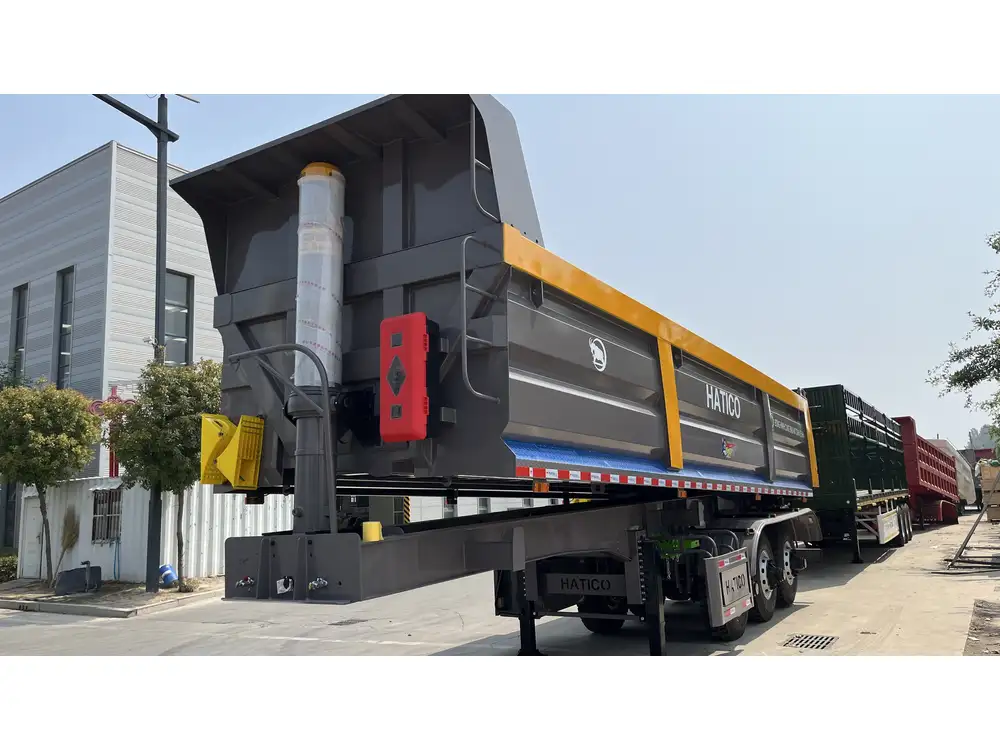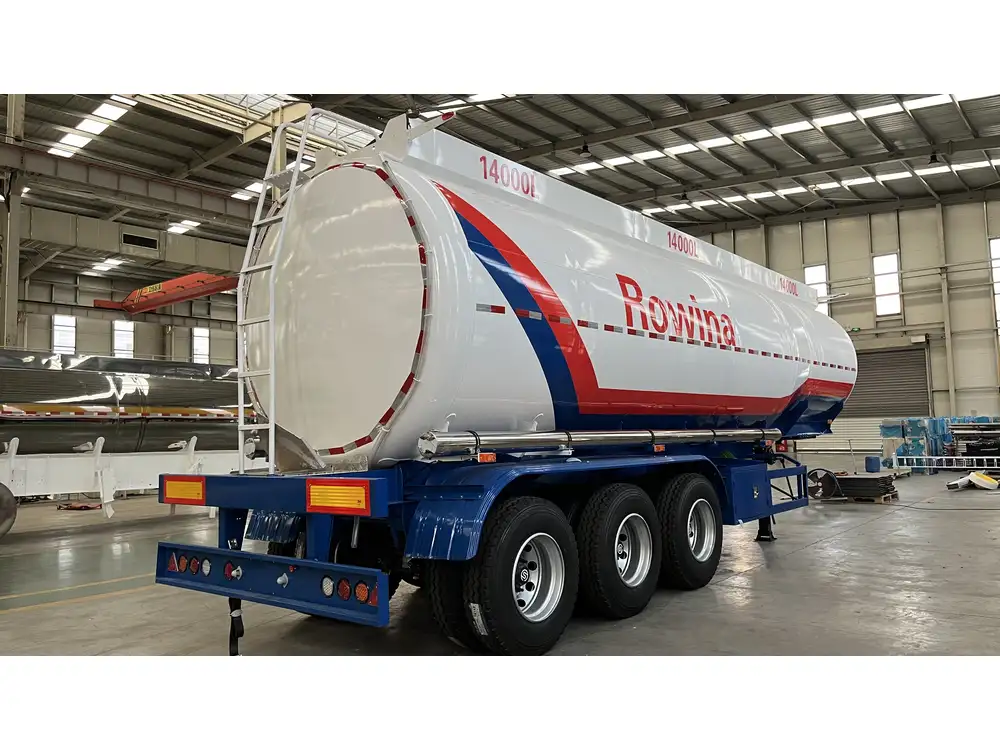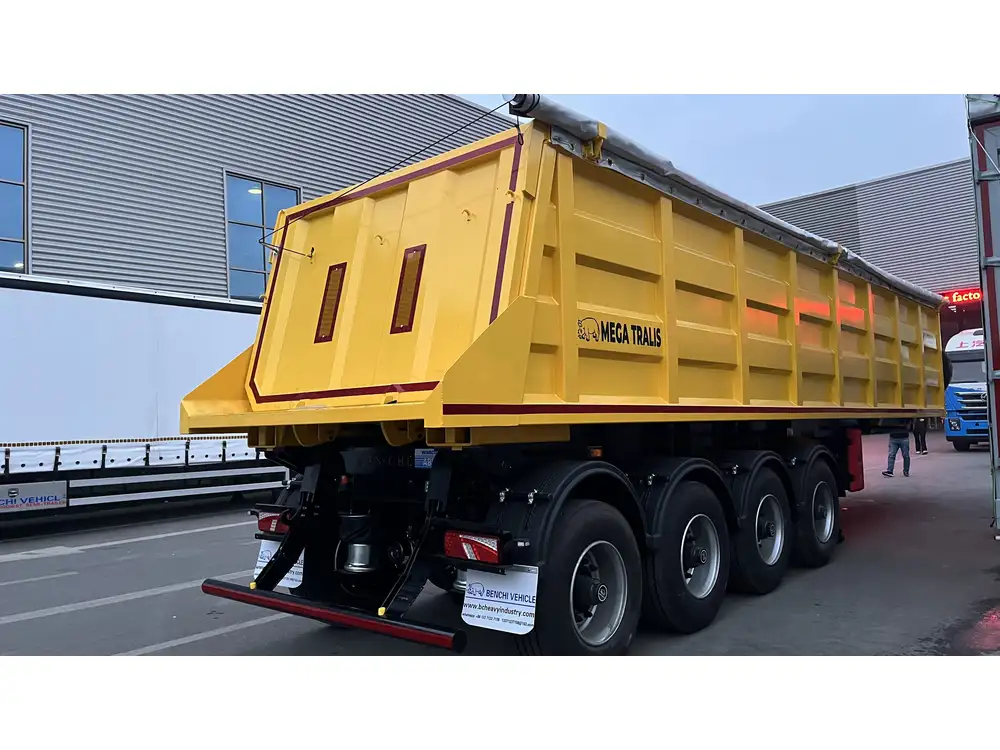Storing trailer flatbed tires may not seem like a crucial aspect of trailer maintenance at first glance. However, neglecting this process can lead to various issues, including premature tire wear, structural damage, and even unsafe driving conditions. Proper storage techniques ensure the longevity and reliability of your trailer tires, saving you time and money in the long run. This comprehensive guide will delve into the best practices for storing trailer flatbed tires while addressing common questions and concerns.
Understanding the Importance of Proper Storage
Quality Preservation
Proper storage prevents environmental factors from degrading tire quality. Exposure to UV rays, extreme temperatures, and moisture can diminish the tire’s rubber composition, leading to cracks and deterioration.

Cost Efficiency
Tires are a significant investment; improper storage can lead to loss of value and the need for premature replacements.
Safety Considerations
Faulty or degraded tires heighten the risk of accidents. Storing tires correctly ensures they remain in optimal condition, promoting safe road travel.
Best Practices for Storing Trailer Flatbed Tires
The techniques employed for storing flatbed tires can be divided into several key categories: preparation, environment, and positioning. Let’s explore each of these segments in detail.

1. Preparation of Tires for Storage
Cleaning Tires
Before storing tires, they should be thoroughly cleaned to remove dirt, grime, and chemicals:
- Utilize a mild soap and water solution.
- Avoid harsh chemicals, as they may harm the rubber.
- Use a soft brush for hard-to-reach areas.
Inspecting for Damage
Conduct a thorough inspection for any signs of wear and tear before storage:
- Check for cracks or bulges in the sidewalls.
- Inspect tread depth and look out for uneven wear patterns.
- Look for embedded foreign objects like rocks or nails.

2. Environmental Considerations
Choosing the Right Location
Selecting the correct location for storage is paramount:
| Factors to Consider | Ideal Conditions |
|---|---|
| Temperature | 50°F to 70°F (10°C to 21°C) |
| Humidity | Low humidity to prevent mold |
| Sunlight Exposure | Direct sunlight should be avoided |
Sheltering from the Elements
Create a protective environment:
- Indoor Storage: Preferable; a climate-controlled facility is ideal.
- Outdoor Tarps: If indoor storage is unavailable, use a UV-resistant tarp to shield from sunlight and rain.

3. Positioning Tires for Optimal Storage
Stacking vs. Laying Flat
The positioning of tires during storage influences their integrity:
- Stacking Tires: Not recommended for long-term storage, as it can cause deformation.
- Laying Tires Flat: Best method, as it preserves their shape.
Using Tire Racks
Investing in a tire rack can enhance organization:
- Benefits of Tire Racks: They prevent deformation and make accessing tires easier.
- Space Optimization: Racks free up floor space and allow for better airflow.

4. Additional Considerations
Using Tire Covers
Deploying tire covers can protect against environmental damage:
- Material Matters: Choose breathable materials to combat moisture.
- UV Protection: Ensure covers are UV-resistant to protect rubber.
Monitoring Stored Tires
Periodically check on your stored tires:
- Every few months, conduct a visual inspection.
- Recheck pressure and inflate if necessary; stored tires can lose air over time.

Common Questions About Tire Storage
What is the Ideal PSI for Stored Tires?
Maintaining the appropriate PSI is essential while storing tires. Ideally, inflate tires to the maximum pressure listed on the sidewall. This practice helps maintain the shape and prevents flat spots.
Can Tires Be Stored for Long Periods?
Yes, tires can be stored for an extended period, but specific precautions must be taken—cleaning, inspecting, and maintaining proper storage conditions are vital to ensure they remain in good condition.

What Should I Avoid?
To prolong the life of stored tires, avoid:
- Exposure to strong chemicals, oils, or fuels.
- Storing in direct sunlight.
- Storing on concrete for extended periods; use wooden pallets instead.
Conclusion
Storing trailer flatbed tires requires careful attention to detail. By following the best practices described in this guide—cleaning, inspecting, positioning, and maintaining optimal environmental conditions—you can ensure that your tires remain in excellent condition. This diligence not only enhances the lifespan of your tires but also promotes safety on the road. Make it a habit to regularly check on your stored tires, and always prioritize quality care in their storage. With these strategies in place, your flatbed tires will be ready and reliable whenever you hit the road.
References for Further Reading
- Tire Industry Association Standards
- National Highway Traffic Safety Administration (NHTSA) Recommendations
- Recommendations from Rubber Manufacturers Association (RMA)
By implementing these strategies, you’ll maintain the quality of your trailer flatbed tires, enhancing both their performance and your overall safety.



